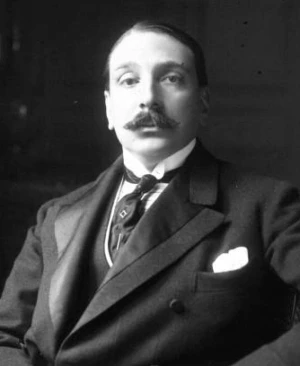Biography
(No Information)
Filmography
all 1
Movies 1
Director 1
Director

El linyera (1933)
Movie
Information
Known ForDirecting
GenderMale
Birthday1873-03-04
Deathday1961-07-06 (88 years old)
Birth PlaceBuenos Aires, Argentina
CitizenshipsArgentina
AwardsGrand Cross of the Civil Order of Alfonso X the Wise
This article uses material from Wikipedia.
Last updated:
 Enrique Larreta
Enrique Larreta- Filmography
- Information